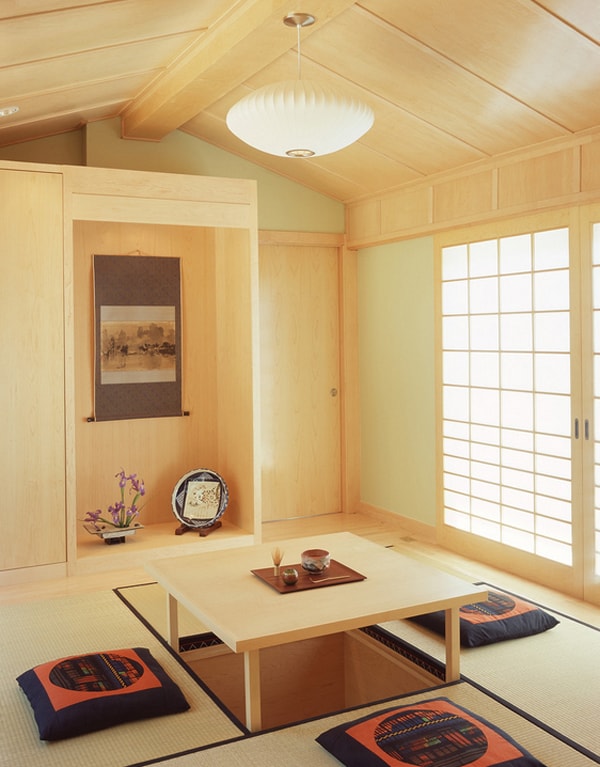
Japanese architecture and design has a history that has been preserved for hundreds of years. Japanese style is minimalist, nature encompassing, open, practical, and peaceful. This traditional Asian style cannot be captured in a word. It must be expressed as a whole and communicated from the soul.
Dating as far back as 700 A.D. to the Kofun period, traditional Japanese decor is simple yet elegant. By following these ideals, you can craft an uchi (house) that would have you believe you could look outside to see the mountains of Yatsugatake.
Minimalism in Japanese Design
Japanese homes do not have decorations on the wall. Instead, accent walls are created by painting a single wall in the room. Alternatively, Chinoiserie wallpaper is often used to decorate walls. Aside from this, walls are often left bare to maintain an interior with minimal accessories.
Oneness with Nature
Instead of the home being a barrier from the outside, the home is merely an extension of natural surroundings. The interior and exterior coexist in respect to everything from interior decor to exterior landscaping. Natural colors like sandstone, tan, white, beige, warm brown, earthy greens, and sky blues are used. Materials like bamboo and seagrass are also a common element in Japanese interiors.
The engawa is a traditional wooden pathway surrounding the home before windows and storm shutters. This term also means the veranda outside the room.
Japanese Inyodo and Chinese Feng Shui
Many people often mistaken Feng Shui to be characteristic of Japanese tradition. Feng Shui is a Chinese philosophical system emphasizing harmony with ones surroundings. This is not to say that Japanese Shinto doesn’t have strong connections with Feng Shui. Feng Shui is a Chinese concept that traveled to Japan and became known as Inyodo, or “the way of the Yin and Yang.” Balance and symmetry are used do induce relaxation and meditation. This reinforces the harmonious and delicate balance between life the Yin and Yang.
Japanese Shinshitsu Decor
The Shinshitsu (bedroom) is simple, functional, and serene. In the past, the Japanese slept on futons that sit atop tatami mats. More recently, the tatami has been raised on a platform and topped with a mattress or futon. Japanese platform beds have a sleek low profile that is similar to tatami mat beds. This follows the tradition of sieza which is the formal way of sitting in Japan by kneeling on the floor and folding your legs under your thighs, resting the buttocks on the heels.
The Modernization of Japanese Design
Japanese culture remained largely independent during the ages of Western expansion. This is one of the main reasons that Japanese design is so authentic, original, and non-conforming. You see, Japan didn’t begin to see signs of the outside world until the end of the Tokugawa Shogunate in 1868.
Since then, Japanese design has become much more adoptive of individual aspirations and non-traditional forms. In the past, these Japanese homes were required to adhere to strict guidelines in order to be deemed an authentic Japanese design.
Natural light has been replaced in favor of modern electric lighting fixtures. Shoji screens are still used to reinforce traditional decor but places that were once held by shoji screens have been replaced with permanent walls.
Western style furniture is now seen in many Japanese households in contemporary times. In the past, beds, tables, chairs, and sofas were rarely seen in traditional Japanese Design. In some ways, the two have rubbed off on one another as evidenced in the growing popularity of Modern Japanese aesthetics.
Photos Sources: 1. John Lum Architecture, 2. Dirk Denison Architects, 3. Mark Brand Architecture, 4. Design Blue, 5. Tracy A. Stone Architect, 6. Sebastian Mariscal, 7. Dennis Mayer Photographer, 8. Design A, 9. Platform Beds Online, 10. Marie Burgos Design, 11. – 12. Pinterest, 13. Studio Synapse, 14. Garden Mentors, 15. CustomMade, 16. Artistic Design and Remodeling

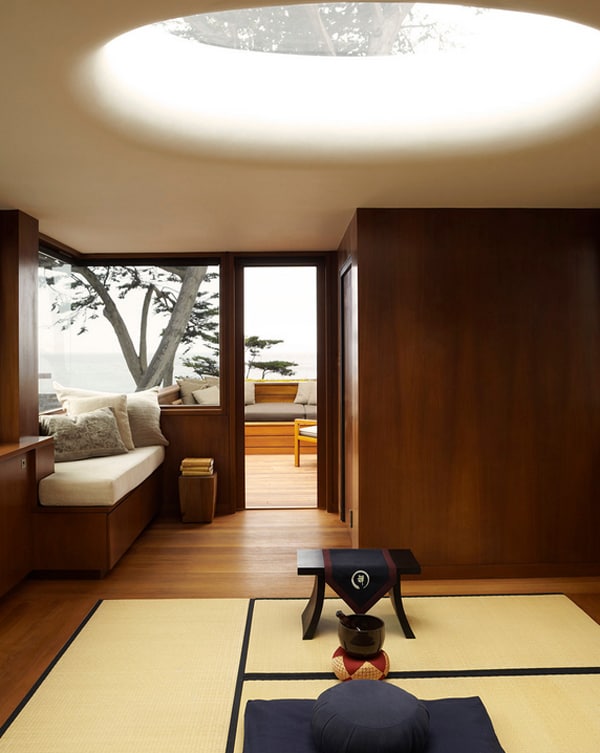
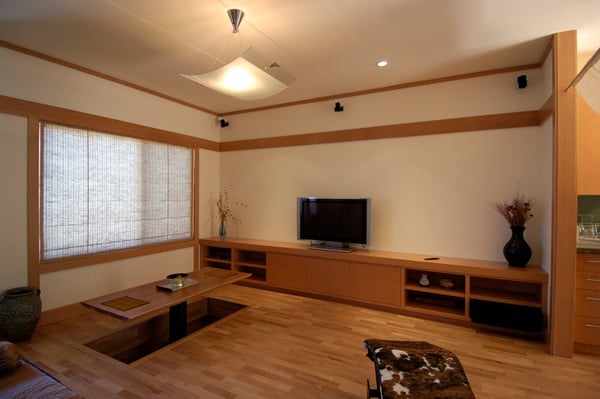
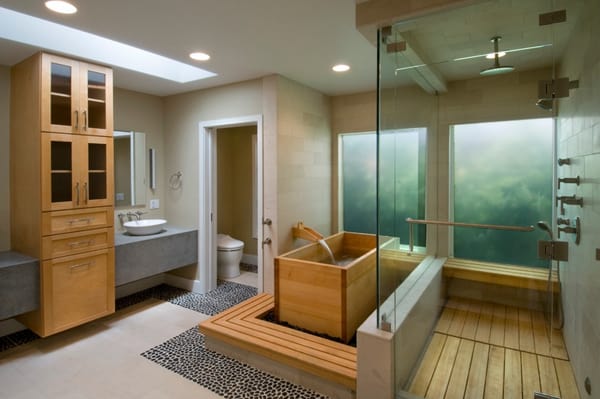
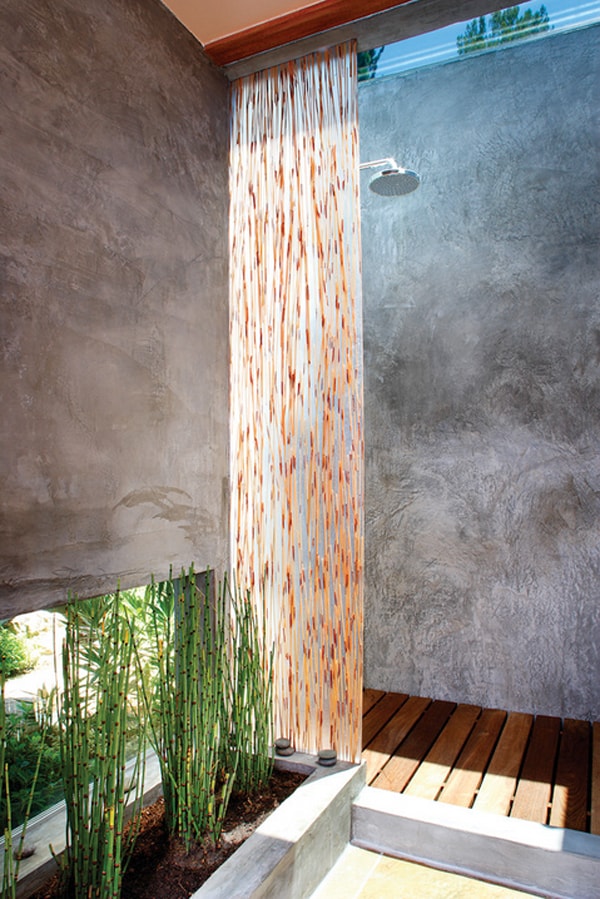
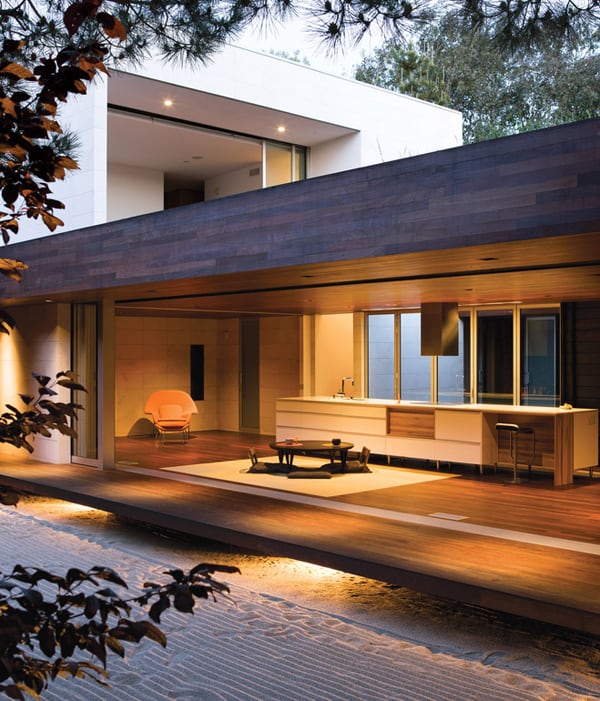
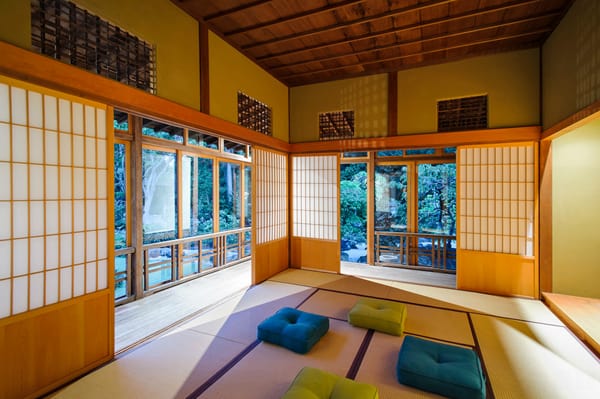
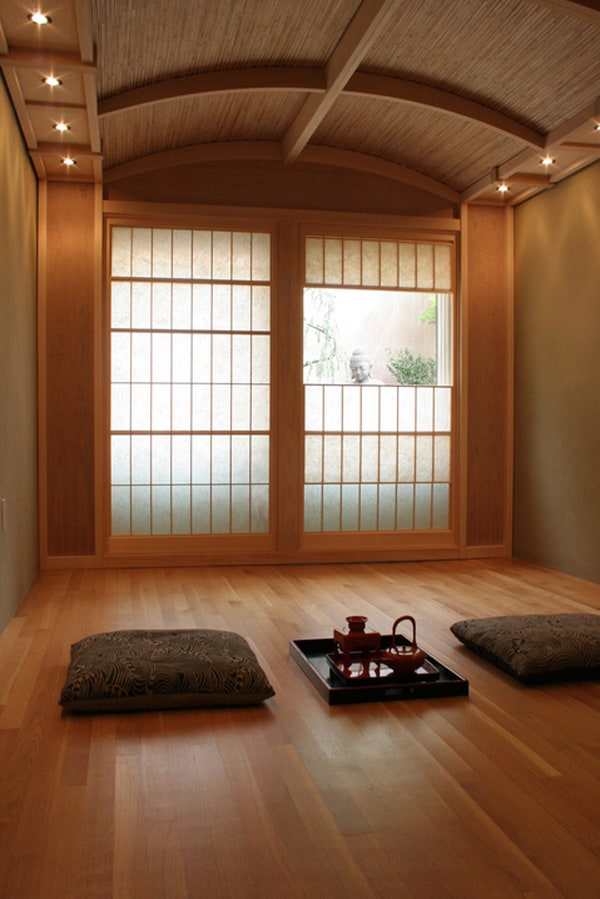
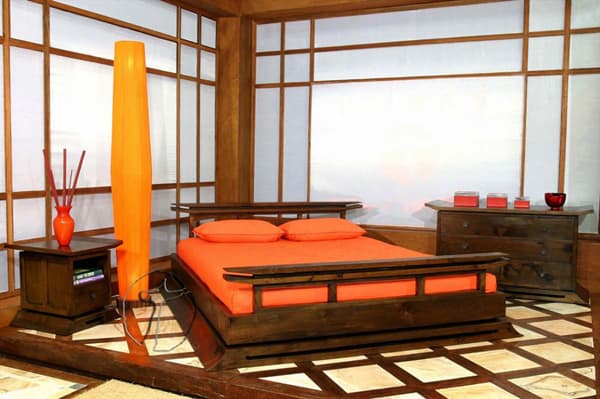

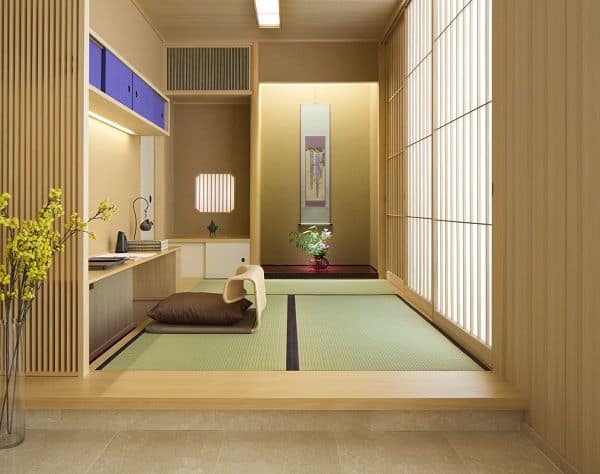
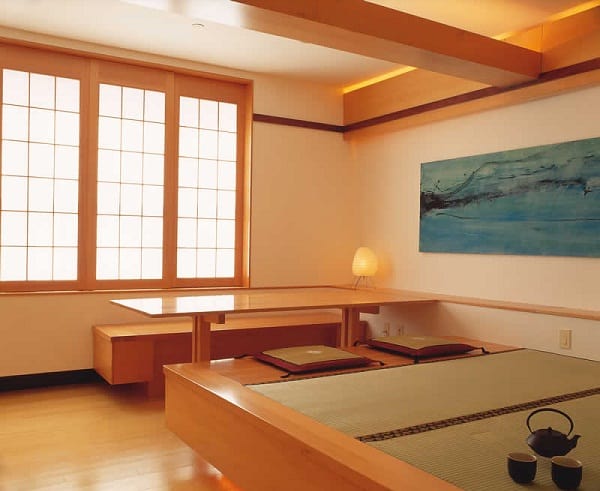
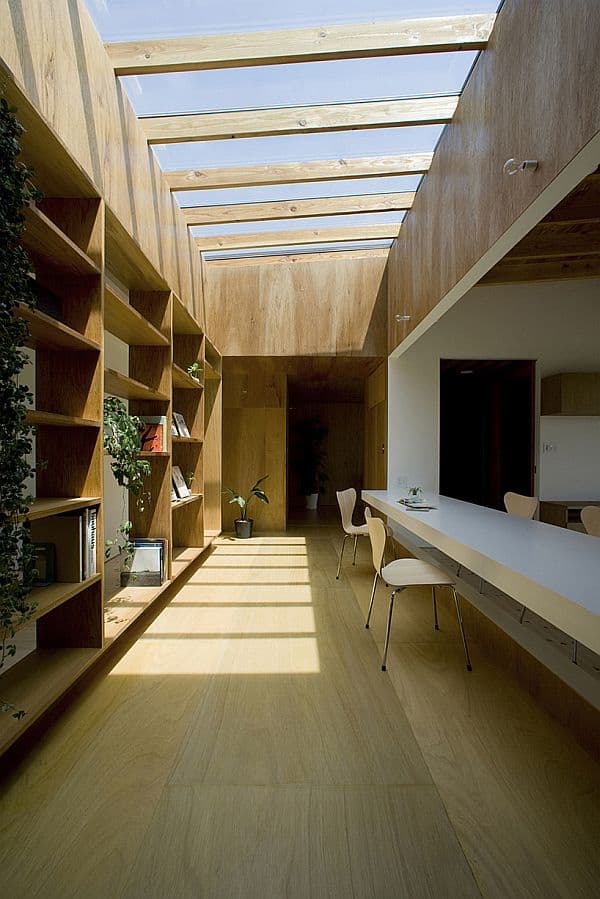
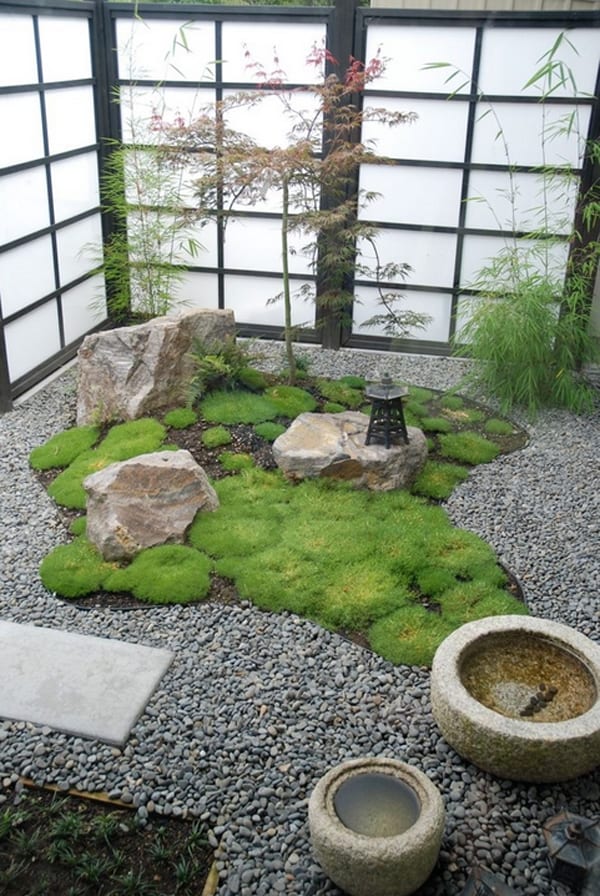
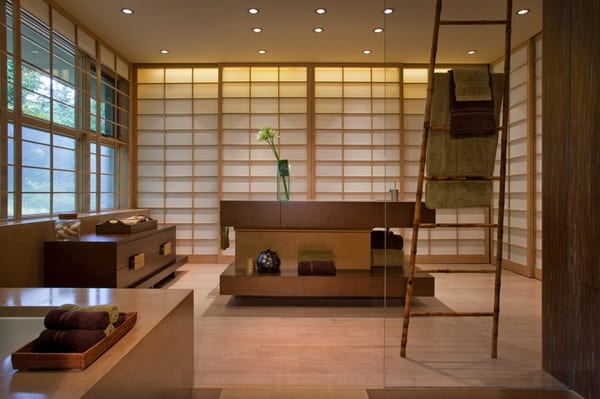
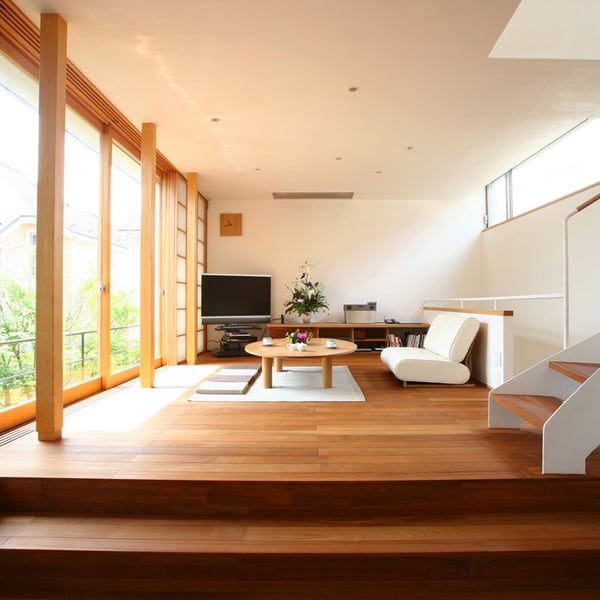
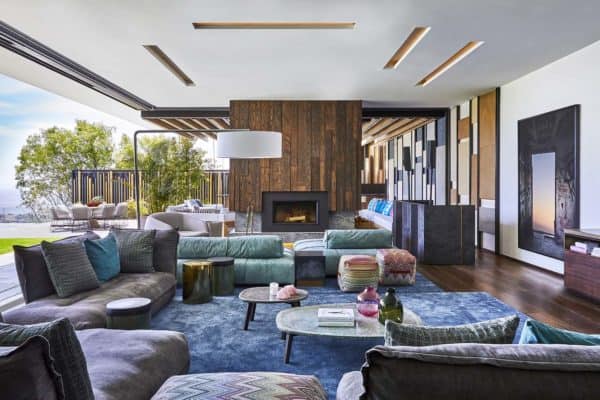
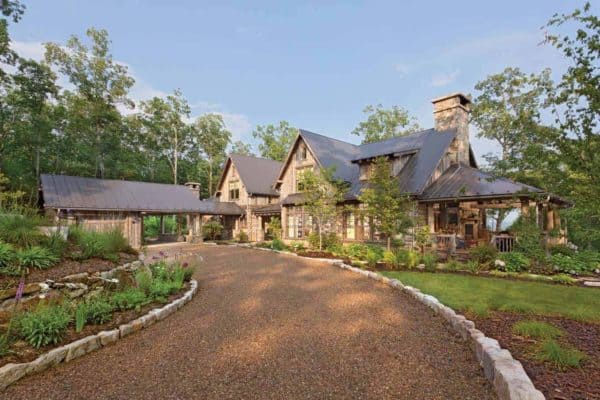
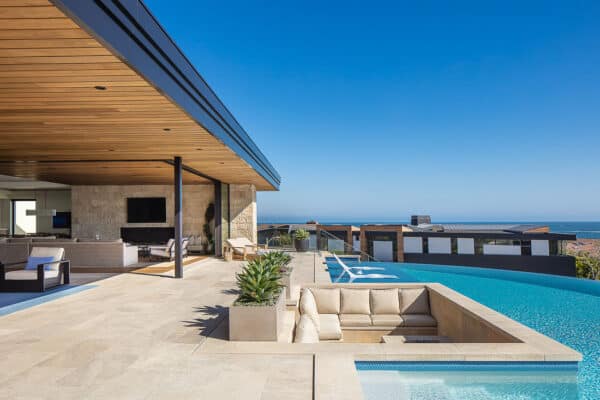
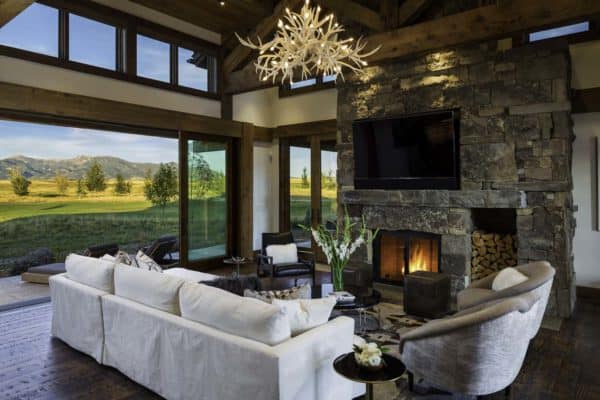
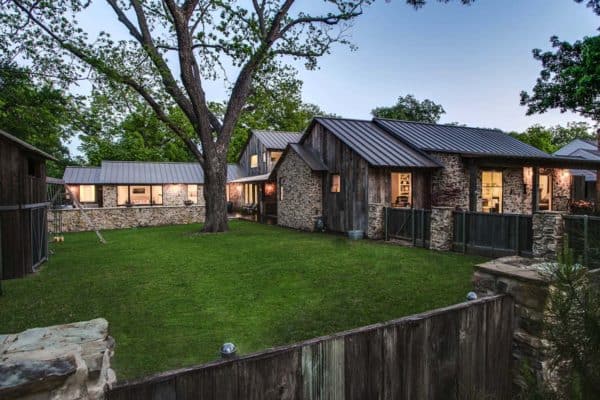

0 comments